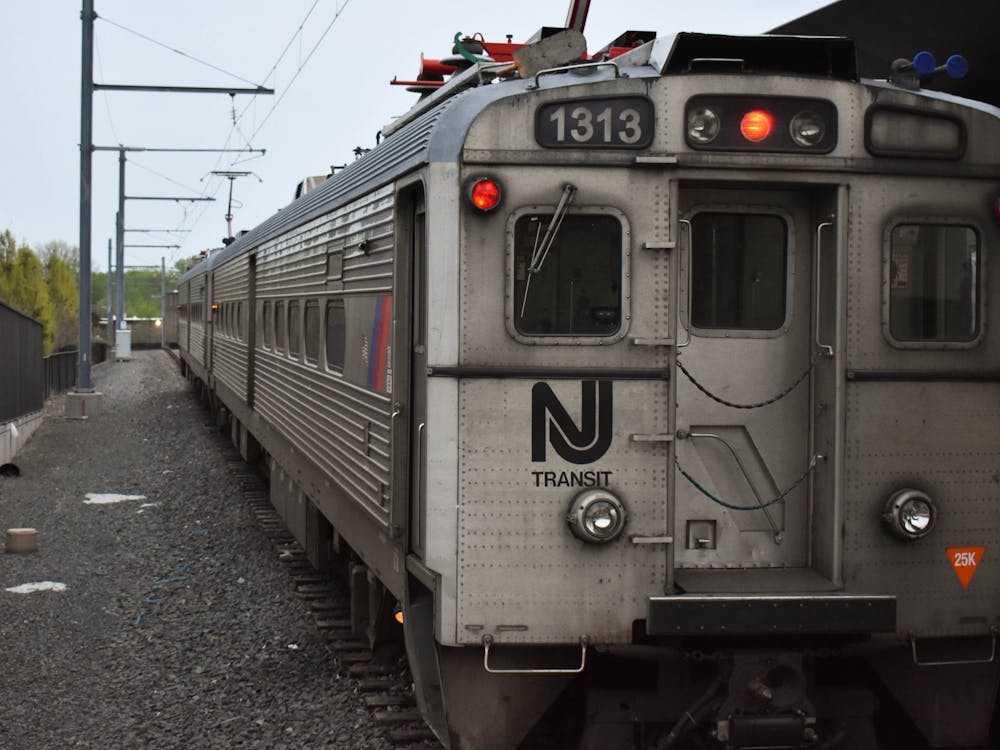As the deadline for spring admissions approaches, we anticipate yet another diverse class, filled with some of the very brightest and most talented students in the country. The incoming Class of 2011 is to be the largest yet, as part of the University's sustained increase in the student body size. It will also be the first class to enter Princeton when Whitman College is fully opened and operational. Yet, few students are aware of the reason why the University decided to increase the size of the student body in the first place.
A chief factor in the decision to increase the number of undergraduates actually arose out of debate over the proportion of "academic ones" — a category reserved for the most academically accomplished applicants in each incoming class. This debate was prominent under the tenure of former Dean of Admission, Fred Hargadon, against whom some faculty have leveled the charge of over-emphasizing sports and extracurricular activities in admitting students to the University. As the University continues to increase the size of incoming classes, it would do well to recall its original intent to admit more academic ones, as well as talented artists and students from less privileged backgrounds.
In recent years, Princeton has emphasized admitting a more socioeconomically diverse student body. Now, a greater percentage of students come from minority backgrounds, public schools and poorer backgrounds than ever before. But the admission office rarely advertises the admittance of the nation's best intellectual and artistic minds. Last week, The Daily Princetonian featured an article about a varsity basketball recruit who may or may not be reneging on his Early Decision acceptance. But why haven't we heard about Princeton admitting last year's winner of the Westinghouse Science competition, accomplished high school writers or virtuoso musical talents?
We believe it is important for Princeton to honor the original goal of increasing the student body by admitting more of the top students, scholars and artists, rather than applicants with less stellar academic qualifications but who participated in several varsity sports in high school. An increase in the student body is a unique opportunity for the University to enhance the intellectual and cultural life of the campus community and one that must not be passed by. The arts and sciences are the lifeblood of our great institution; it's time we honor the requests made by the faculty several years ago and recommit to academic and artistic excellence.







